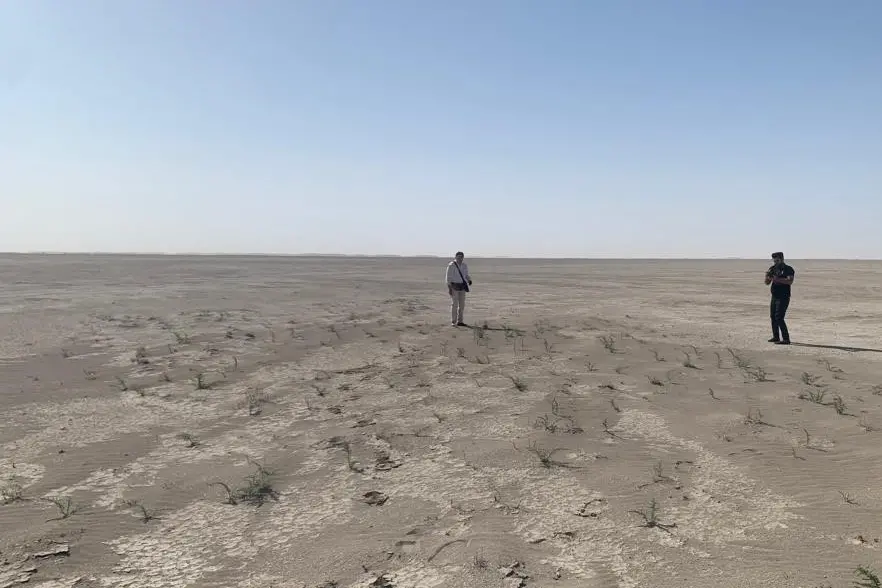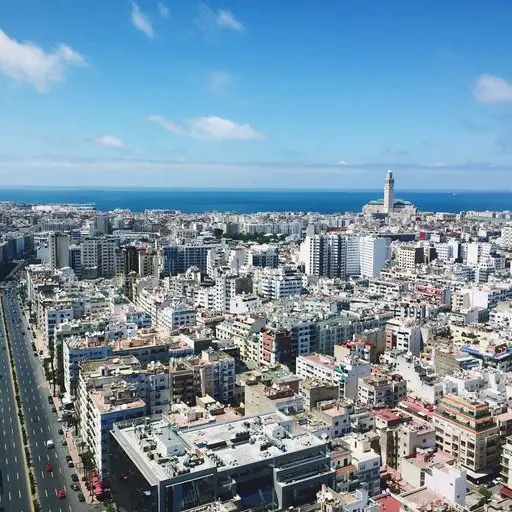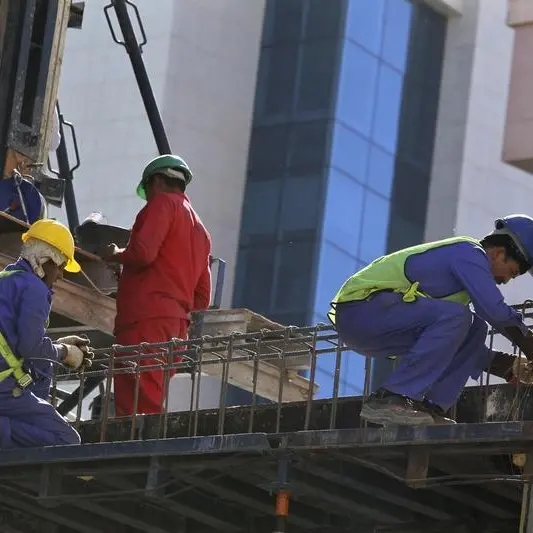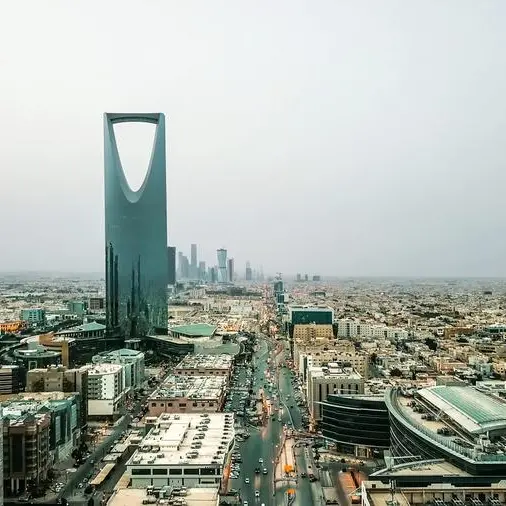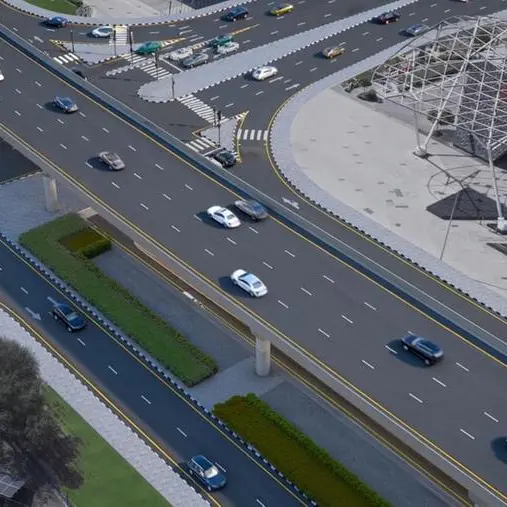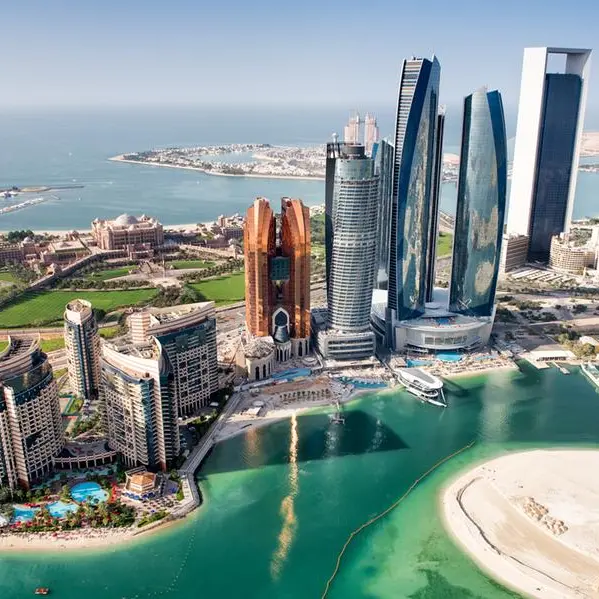PHOTO
In cooperation with United Nations Human Settlement programme (UN HABITAT), Kuwait Fund is supports a project that will address the impact sand and dust storms in Kuwait. Image courtesy: KFAED
The Kuwait Fund for Arab Economic Development (KFAED), the state-owned bilateral development agency also known as the Kuwait Fund, is financing a project by the United Nations Human Settlements Programme (UN-Habitat) to tackle sand and dust storms in the Gulf state.
The project, titled ‘Adaptation and Resilience to Combat Transboundary Sand and Dust Storms in the State of Kuwait’ is expected to contribute to reducing more than 40 percent of the dust passing over the Gulf state, according to a KFAED press statement.
The project will treat and stabilise the soil at two sandstorm sources in Southern Iraq, mainly the governorates of Dhi Qar and Muthanna, with an area ranging from 150 to 200 square kilometres between the Tigris and Euphrates rivers, and 250km from the Kuwait border.
The duration of the first phase of project would be five years and cost about 4 million Kuwaiti dinars ($13 million), the statement said.
The project is also supported by the Meteorological Administration of the Directorate General of Civil Aviation, Kuwait Institute for Scientific Research (KISR), Environment Public Authority, Kuwait Petroleum Corporation, and Kuwait University.
The sandstorm project was launched in February 2023 with the initiation of collecting basic data and technical information to determine the locations of storm hotspots for study in cooperation with partner agencies in Iraq and Kuwait.
The project follows a three-pronged approach: it seeks to improve the knowledge base and the understanding of the conditions that create sand and dust storms, as well as their impact on human health, and the prevention and mitigation measures.
Second, it makes a substantial effort to restoring ecosystems in the source areas of sand and dust storms.
Third, it helps to enhance the resilience and capacity of local authorities, and of the most vulnerable communities in Southern Iraq, to adapt to the impact of desertification and to contribute to mitigating the root causes of sand and dust storms.
Solutions include the implementation of infrastructure enhancement works in the project areas, soil treatment and protection, as well as providing water for greening and tree planting, and building meteorological observatories (early warning centres).
Health and economic hazard
Kuwait and other countries on the Arabian Peninsula are exposed to large amounts of dust as a result of sand and dust storms caused by several natural and human factors.
These storms harm general health, cause respiratory illnesses and environmental pollution, affect agricultural and livestock production and negatively impact economic sectors through closure of airports and ports, disruption of road, sea and air traffic.
According to the average number of dust days per year study, for the period of 2000 to 2021, by the climate monitoring statistics of the
A study by the Meteorological Administration for the period of 2000 to 2021 found that the average number of dust days in Kuwait during a year is about 137 days due to blowing or rising dust storm, and suspended dust storms. They abound during the summer months of May, June, July and August as there are eight local and external wind tracks that raise dust equivalent to 60 tonnes per square kilometre, causing health and environmental problems with estimated losses at about KWD190 million ($615 million) per year.
The grant agreement between KFAED and UN-Habitat to finance the project was concluded on 27 October 2021.
(Writing by SA Kader; Editing by Anoop Menon)
(anoop.menon@lseg.com
Subscribe to our Projects' PULSE newsletter that brings you trustworthy news, updates and insights on project activities, developments, and partnerships across sectors in the Middle East and Africa.
